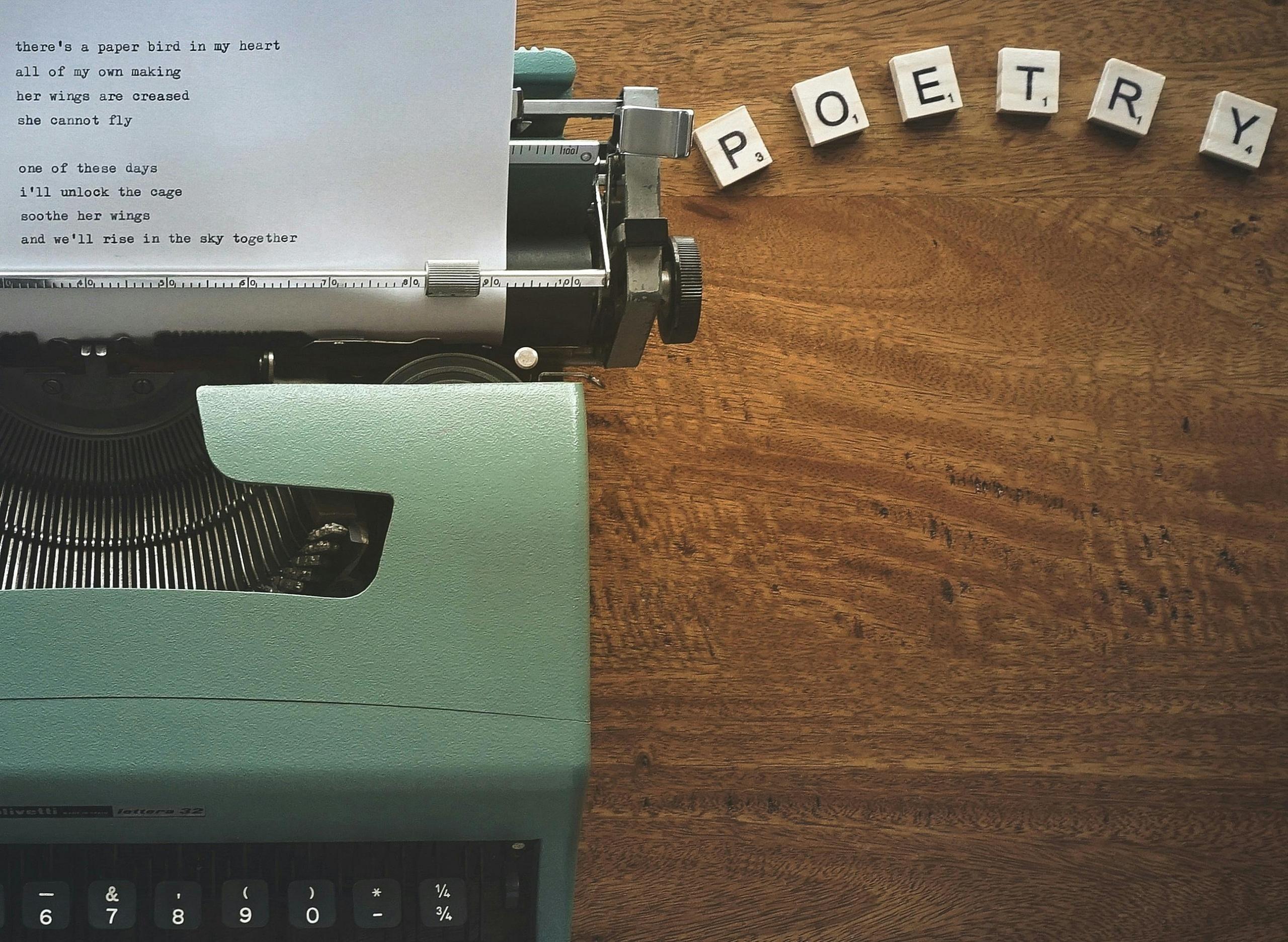Given the extensive workload associated with Irish, Leaving Cert students need to adopt a selective approach to allocating their time before the exams.
In order to prepare effectively for Paper Two of the Irish exam, you’ll need to examine a range of studied poems and analyse them using a number of lenses. Since you cannot predict what questions you’ll be asked on the day, plenty of preparation is needed if you want to achieve a high grade no matter what dán appears.
To alleviate stress and focus on your studies, it’s important to break the workload associated with the Irish language subject into manageable tasks and take it one step at a time.
This article aims to cover everything you might need to know about the dán Colscaradh so that you have one less thing to worry about before the assessment.

Colscaradh in the Leaving Cert Curriculum
Colscaradh is a favourite choice among Irish teachers across the country who are trying to predict this year’s Irish Leaving Certificate exam. So, if you’re looking for a dán to prioritise in your study efforts, then this might be one to dedicate a few pages in your notes to.
By prioritising your time on preparing the various questions that can be asked on the treasured dán, you will be geared to secure a high grade in the test.

One point that you might also want to note is that Colscaradh hasn't been featured on the exam since 2015. So, you could argue that it’s only a matter of time before it appears on the Leaving Cert paper.
Achieving an H1 in the Irish Leaving Cert assessment is just as much about working smart as it is about working hard, so allocating sufficient time in your preparation for this test will seemingly be rewarded.
Unravelling the tapestry of Irish dánta woven throughout the language curriculum reveals the essential threads you must grasp.
Importance in Irish Literature
The dán Colscaradh presents gaeilge learners with a heavier subject matter than they might be used to across other subjects taught in the Leaving Cert cycle.
When you translate the dán, the first thing that will stand out to you is the title ‘Colscaradh’, you’ll find that it means 'Separation,' setting the tone for a commentary on marriage. It will provide plenty of points for you to make in your essays as it provides a reflection of Irish attitudes on marriage.
It does this quite seamlessly by showcasing two opposing viewpoints, allowing for an exploration of different perspectives within the country’s traditions.
Prepare your essays so that you can provide a detailed analysis of the rich themes that surface throughout Geibheann.
Exam Format and Questions
In order to excel in the poetry section, you’ll want to familiarise yourself with the assessment format along with the questions that are most likely to appear on the dán.
Unfortunately, knowing the dán inside and out won’t cut it, as there is an inherent need to analyse the dán through a variety of lenses.
For example, you could be asked to analyse the effect of specific lines, with particular reference to the final two sentences of the dán. You can also be asked to write an essay on imagery and various poetic techniques. Another common question asks you to write a short note on the poet's life and works.
What’s great about the poetry section is it affords language learners a great deal of freedom when it comes to their answers.
You can make just about any point you like about ‘Colscaradh’, but it’s crucial to support your answer with at least one point of information from the text!
As you unravel the mysteries of An tEarrach Thiar, your path to success will become as clear as day.
Common Misinterpretations
One way to ensure that you are on the right track with your answers is to grasp the subtleties of the dán so that you do not make any mistakes in your answer booklet.
In order to do this, you’ll want to take time to ponder both sides of the argument expressed throughout the dán before jumping to conclusions about its significance.
Given that you have four other poems to juggle alongside Colscaradh in order to be fully prepared for the poetry section of the paper, avoiding common misconceptions is an easy step that might just aid you in keeping on track for whatever grade you have set yourself the goal of achieving.
Language and Translation
There is good reason for the dán’s inclusion in the Leaving Cert Irish curriculum; for starters, the language used throughout the dán highlights the elegance of Irish literature and provides plenty for students like yourself to uncover.
Authored by Pádraig Mac Suibhne, this poetic piece has enchanted readers ever since it was first published in 1948.
Upon delving into the dán, one can appreciate Mac Suibhnes implementation of phrases like "he desired a woman" and "relief and love" to depict longings and sentiment vividly.

Now, if you really want to separate your answer from other learners sitting on the same paper, you could also include a couple of lines on how the dán's structure, with its juxtaposing perspectives, adds layers to its examination of relationships and anticipations.
It might also lighten the load if you were to learn an English translation of the dán, given that you likely already developed analytical skills from your English class. This will aid you in coming up with some of your own ideas about the dán, which will spice up your answers, capture the attention of the examiner and deepen your understanding of the dán.
The unique structure and idiomatic expressions in the language necessitate careful interpretation to preserve the poem's essence during translation.
Should Mo Ghra Sa grace the test, your preparation will shine, illuminating the path to Irish language excellence.

Thematic Exploration
Even if you decide to refine your study efforts and lean towards the themes which surface throughout Colscaradh, you’d be surprised at the variety of questions that can come up on this aspect alone.
Covering all the questions that have ever been asked on themes throughout the past papers would not only take you a great deal of time to cover, but it would also be extremely challenging to memorise each of the respective essays.
Instead, it might prove beneficial to focus on memorising a number of paragraphs that you could adapt to the majority of questions that typically come up on the subject of themes.
As you explore the Colscaradh dán, you'll uncover a range of themes that provide insights into human experiences and Irish heritage, so you might want to bring this up throughout the first few paragraphs of your answer.
More often than not, if you are fortunate enough to see an essay question prompting you to discuss the themes tackled in the dán, you will be discussing those most central to the poem, such as love and companionship.
Make sure that you give reference to the dán throughout, and if you can, throw in a few quotes to back up your arguments in order to meet the requirements of the marking scheme.
In order to tie these themes into your answer, you will want to focus on how the male character in the dán yearns for family life, cherishing the idea of being close to his loved ones and basking in the warmth of his home. His vision includes moments spent "by the fire with his wife and children" highlighting his desire for connection and a sense of belonging.
On the other side of the coin, there is also a contrasting picture painted of a contemporary self-reliant lifestyle. While she envisions raising children, she also seeks autonomy, financial stability, and social prominence with goals of earning "meas na mílte" (respect from thousands).
If you are looking to secure an honour grade in the subject, then you are going to want a bit more depth in your answer. One high-level point that you could include in most questions is the interplay between modern aspirations, mentioning how it sets up a tension within the dán that reflects evolving relationship dynamics and societal norms.
Comparative Analysis
If you’ve spent any time going through past papers, one thing that will become apparent to you is the provenance of comparative questions; although they’ll require a great deal of depth in your answers, they give you plenty to discuss.
On top of giving you more to write about in the poetry assessment, this comparison can also assist you in gaining a further understanding of the studied poems.
In comparative questions, the marking scheme will have examiners looking out for comparative language, where students seamlessly compare and contrast poems throughout their essays.
One way to differentiate Pádraig Mac Suibhne’s Colscaradh from other studied pieces on the Irish Leaving Cert curriculum is the poet’s direct approach and the perspective he offers on relationships.
While other poems which feature in this year’s Leaving Cert Irish curricula tackle themes of love, desire and societal norms, Colscaradh distinguishes itself with its nuanced perspective marriage.
Dive deep into the literary ocean of An Spailpín Fánach, ready to unearth the pearls of wisdom hidden in its depths.

Revising Colscaradh For Your Poetry Assessment
Now that you have an understanding of the various lenses that you will need to approach the dán there is an inherent need to adapt your preparation to help you get your desired grade in the subject.
The first thing you should do is study the marking scheme for any poetry essay you can find on Colscaradh. This will give you a sense of what is required in the poetry assessment and give you a checklist to keep in mind when you write your essays on the dán.
For example, it will help you to put yourself in the shoes of your examiner, who will be correcting your paper over the summer, looking for accurate references to the text, so make sure you're comfortable with the dán's content and have a number of strong quotes included throughout your answer.
Another key part of your preparation should include time management, as you’ll need to be mindful of how long you are spending on each section if you are going to finish the paper on time. The last thing you want after all your hard work is to fall short on time in your gaeilge poetry assessment.
The dán provides insights for students preparing for the Leaving Cert, offering a unique perspective on Irish culture, language and relationships. Its examination of conflicting desires within marriage resonates with language learners like yourself and makes for an engaging and insightful dán to explore!















